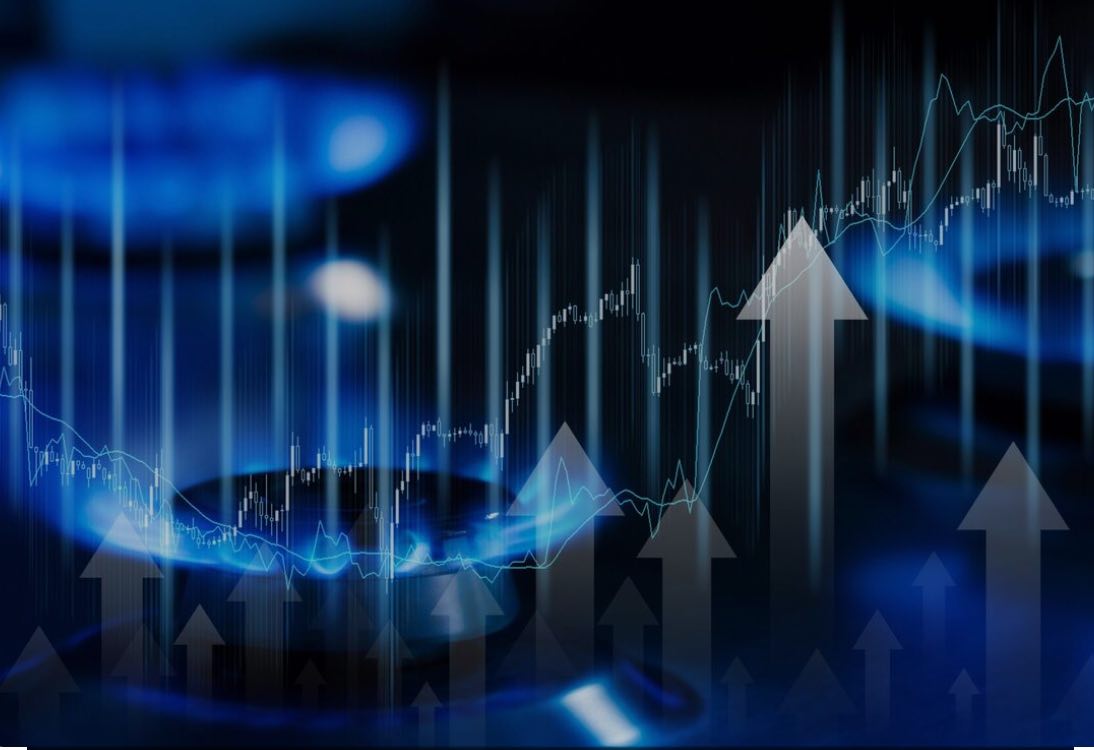Imbalances as Told by Statistics
Imbalances as Told by Statistics
The gas consumption situation in the country is not suitable at all
For years, energy consumption intensity in Iran has been considered a problem and issue by decision-making and expert circles. Numerous programs and policies have been designed and implemented in this regard. However, it seems that despite the continued intensity of energy consumption and even the intensification of programs and actions, it has not achieved the desired and effective results.
The average daily gas production, according to annual figures, is about 717 million cubic meters.
It is not possible to calculate and base this figure on a real daily basis because, typically, some complexes undergo periodic maintenance or repairs throughout the year, and their production levels vary according to different seasons and months. Approximately 525 million cubic meters of this figure is from South Pars.
Meanwhile, in the first half of the year, about 632 million cubic meters of gas is consumed.
In the cold season, household consumption alone increases to 537 million cubic meters. Additionally, gas consumption by power plants, industries, and petrochemical complexes should be mentioned. A small amount, equivalent to 58 million cubic meters per day, is allocated for export.
With this in mind, during the 8 warm months of the year, there is a deficit of about 37 million cubic meters per day, which reaches up to 300 million cubic meters during the 4 cold months. This is the stark reality of imbalance that stands before all of us.
Nothing should lead the statesmen to conclude that they should hide a phenomenon like imbalance or downplay its significance. The country is currently facing this phenomenon, and it is better to say that for the past two or three years, it has entered a cycle of imbalance in gas production and consumption.
On average, in the second half of the year, we face a gas deficit of over 200 million cubic meters daily. But what does this deficit mean, and what areas does it affect? Typically, all gas subscribers, including household, commercial, industrial sectors, petrochemical complexes, and power plants, are considered gas consumers. However, among these sectors, there is a priority for abnormal conditions.
In such a way that if there is not enough gas for all these sectors, some will be prioritized.
According to national protocols, the household and commercial sectors are the first priority, and the remaining consumers fall into subsequent priorities. Thus, whenever there is insufficient gas in the network, household consumption must be met first, and the remaining network gas is allocated to other sectors.
This measure has been considered for the welfare of our dear people, and in any case, the highest priority of the country is indeed its citizens.
The average temperature of the country during the 3 cold months of 1403 is estimated to be about 53 degrees above zero, while the average temperature during the same 3 months in 1402 was about 101 degrees, indicating a warmer winter in 1402 compared to 1403 with a difference of about 5 degrees.
The important point in mentioning these temperature statistics is that if fellow citizens reduce their home temperatures by one degree Celsius, approximately 25 million cubic meters of gas will be freed up across the country. This amount is sufficient to start many of our factories.
It is certain that at this very time, 19 million heaters and fireplaces are operating in Iranian homes. It must be understood that no source, even as large as South Pars, can contend with these extremely inefficient heaters.
In the same household sector, one of the most important factors affecting energy loss, including gas, is indeed the non-standard nature of heating systems and gas appliances.
In the few lines above, several agencies play a crucial role, including municipalities, the Ministry of Housing, the Engineering Organization, the Ministry of Industry, Mining and Trade, the Ministry of Culture and Islamic Guidance, the broadcasting organization, the banking sector, the Ministry of Education, and several other agencies, all of which have explicit legal duties.
However, it seems that all these agencies have forgotten their duties and are pointing fingers at the Ministry of Oil, constantly requesting more gas to be sent to the bottomless pit of the aforementioned heaters. The continuation of this situation in its current form will only lead to an increase in the imbalance gap.

